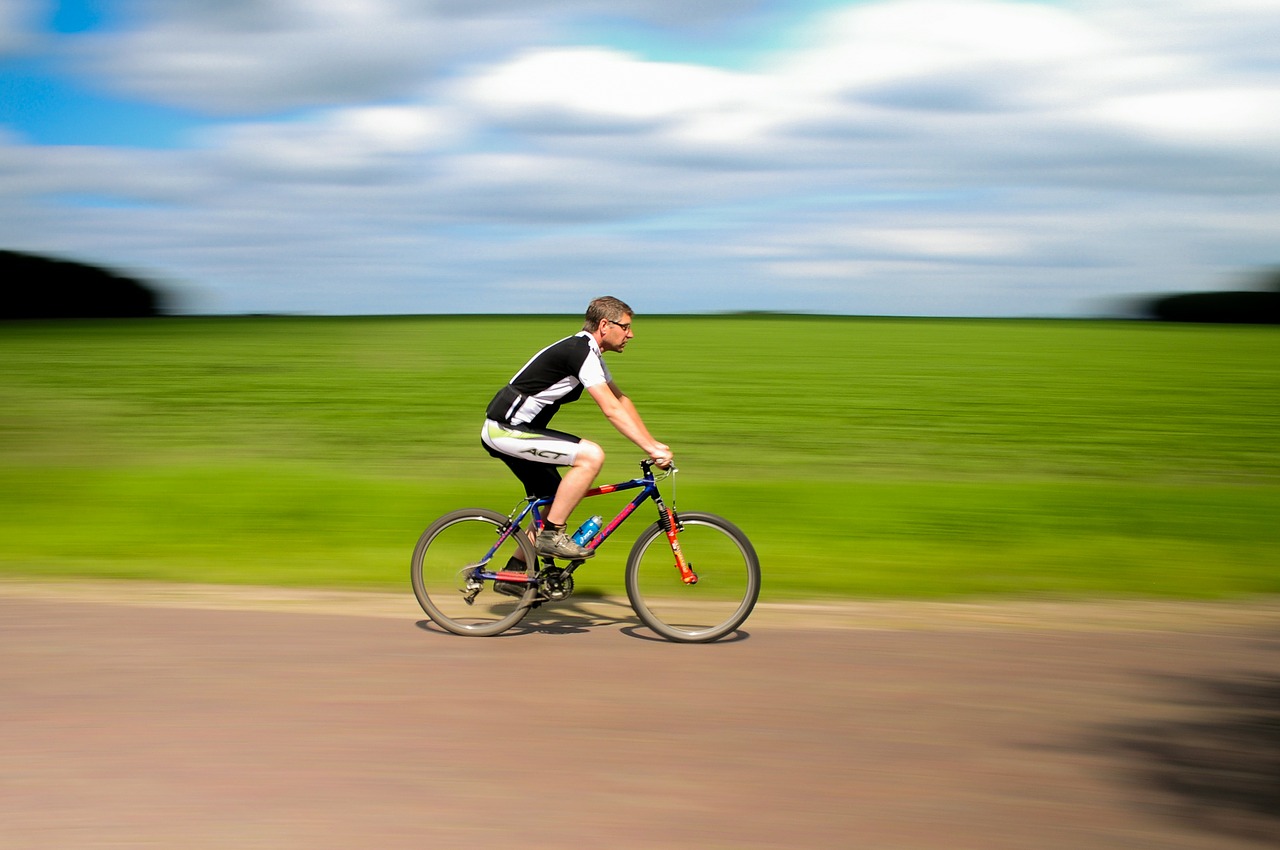Exercise is the World's Best Medicine: Just be Sure to Get the Dose Right
September 18, 2015

Jake is a blue heeler/husky mix that Jeff adopted six months ago from Wayside Waifs. The two of them go out for a walk at least once a day. Jeff wears a pedometer and gets in about 10,000 steps per day. He has lost 35 pounds, and is feeling wonderful - sleeping soundly and looking fit and strong. When he came in to see me recently, we had to stop one of his blood pressure medicines and reduce the dose of his statin because his numbers were too low!
The American medical system is predominantly focused on treating diseases after they develop rather than preventing them in the first place. Many of the drugs used to treat these diseases often cause bothersome side effects. Cholesterol-lowering drugs are often associated with muscle and joint pains, blood pressure drugs can cause dizziness and fatigue, and Prozac and other widely used anti-depressant drugs often adversely effect sexual function. In contrast, regular exercise, compared to drugs, is inexpensive, safe, and powerful therapy for both treating and preventing disease.
So, exercise is arguably the world’s most effective preventive medicine, and is unparalleled for improving health and well-being, as well as lowering health care costs. In fact, if a drug were developed that proved to be as effective as exercise for treating and preventing disease and disability, we would need a lot fewer hospitals! Regular exercise helps to treat nearly every illness across all of our body’s systems, and is especially potent against heart disease, depression, anxiety, insomnia, arthritis, osteoporosis, asthma and erectile dysfunction. As beneficial as regular exercise is for the body, it is even more important for your brain. Vigorous exercise works like Miracle-Gro for the brain - stimulating new neuron growth in the memory center (hippocampus). Daily physical activity is the single most important step for preventing Alzheimer’s disease.
Health care costs are spiraling out of control, and are bankrupting our budgets - both personally and as a nation. Working on one’s physical fitness can be free of charge, is easy to do anywhere, and confers benefits upon virtually every single person who does it - lowering his or her risk of early death and improving the quality of life.
Indeed, exercise is best understood as a drug with powerful benefits, especially for cardiovascular health. Yet, as with any potent drug, establishing the safe and effective dose range is critically important - an inadequately low dose may not grant the full benefits, whereas an excessive dose might produce harmful effects that outweigh its beneficial aspects. From both personal and scientific perspectives, I suspect that chronically running marathons, for example, is an excessive dose of exercise, where the adverse side effects start offsetting the benefits.
I and others have shown that extreme exercise, like marathons, ultra-marathons and full-distance (Iron Man) triathlons, may increase coronary artery plaque buildup, despite favorably altering many risk factors such as weight, blood pressure and risk of diabetes. A less extreme, more moderate dose of exercise might be a better strategy for promoting long-term cardiovascular health and durability. We recommend not more than 40 to 50 minutes per day of intense exercise, like running, particularly for individuals over age 45.
Here are two of my favorite strategies for getting folks to automatically increase their exercise, and have more fun at the same time:
-
Get an activity tracker. Wearable computers are the future - and the future is now. Ditch your old-fashioned watch and get one of these smart little bracelets that will not only tell you the time of day, but will also continually inform you about how many steps you’ve taken today, how far you’ve walked or run, along with the number of calories burned, hours you slept, times awakened, and minutes it took to fall asleep. Wearing an activity tracker is uniquely motivational - you will feel like you are suddenly “getting credit” for your efforts. By tracking your numbers, you will automatically be keeping your physical activity and your sleep habits “top of mind,” so that you just naturally find opportunities to take many more steps each day and prioritize your precious slumber time. I find it really fun to compare my activity and sleep data with my friends who wear an activity tracker too. Sporting one of these wearable computers is like wearing a “hipster badge” of sorts. If you look around closely, you will see an increasing number of trendy individuals with one of these cool activity trackers on their wrists.
-
Get a dog. This is a much more low-tech strategy for improving your fitness, but every bit as fun and effective. You will have an always available and enthusiastic exercise partner to whom you will be accountable. Once you get your pooch into the habit of a daily outdoor exercise session, he or she will make you feel guilty if you wimp-out and stay home. Importantly, studies consistently show that the supreme benefits of exercise are best bestowed by physical activity that is done outside and with at least one friend (canine pals count too). Having a dog makes it very easy to get in the habit of exercising outside daily with “man’s (or woman’s) best friend."
In Good Health,
James O'Keefe, MD





